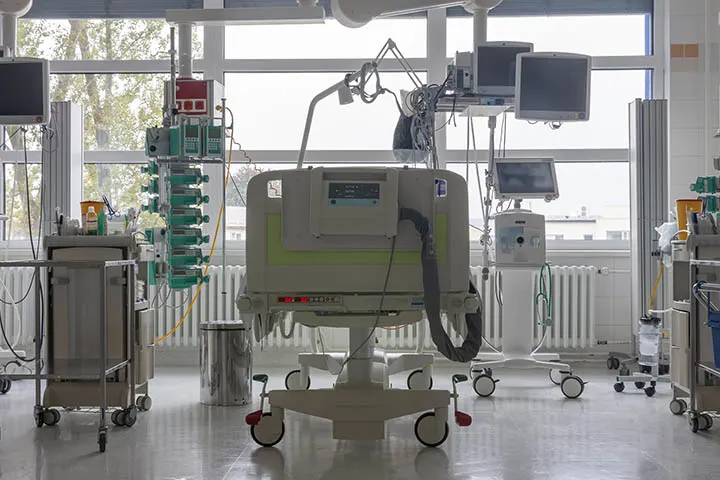How To Manage and Maintain Rental Medical Equipment

High-quality and functioning medical equipment is a must-have for hospitals. Without this indispensable equipment, medical professionals couldn’t do what they do best—provide patients with the best possible care.
To keep medical equipment in optimal condition, it’s necessary to perform frequent inspections, maintenance, and audits. With proper maintenance, you can reduce downtime, improve ease of operation, increase the longevity of these important and expensive machines, and more. Wondering how to manage and maintain rental medical equipment? Here are some tips for keeping your rental equipment in perfect condition.
Use as Directed
This might seem obvious, but you should always use medical equipment as directed. It’s important to diligently follow the instructions outlined in the user’s manual. Have questions? Instead of winging it, contact customer support and ask away.
Using medical equipment improperly can damage the machines themselves. In worst-case scenarios, improper usage can even harm patients, sometimes gravely.
By using machinery only as directed, you reduce the likelihood of the machine sustaining damage or malfunctioning and, in addition, ensure the safety of your patients.
Have a Set Schedule for Maintenance and Audits
The next tip on how to manage and maintain rental medical equipment is to be routine with your scheduling. For health and safety reasons, it’s important to follow a rigid schedule for maintenance and audits.
For example, you should sterilize the instruments that you use on patients after every use, and some machines may require weekly recalibrations in order to function properly.
A spreadsheet or database can help you keep track of when you last performed maintenance on a particular machine or instrument and when it needs to be maintained next.
In-House vs. Professional Maintenance
It’s best to rely on trained technicians for more complicated maintenance tasks, but you can save money, time, and other resources by having simple ones completed in-house. Most medical professionals can clean and sterilize tools and equipment and handle other basic fixes. Utilizing in-house repair can be highly beneficial, helping to reduce equipment downtime and provide quick solutions in an emergency.
Of course, you shouldn’t rely entirely on in-house maintenance. It’s important to have your machines inspected and serviced by qualified technicians. When it comes to technicians, you have the option of choosing between OEM (original manufacturer) technicians and third-party technicians. OEM technicians tend to be more knowledgeable about specific equipment but also more expensive. On the other hand, third-party technicians can service a wide range of equipment for a lower price but may only have base knowledge about the machines they’re working on.
Need equipment for your hospital but don’t want to pay exorbitant prices for new equipment when you can rent at a fraction of the cost? Med One Group carries high-quality hospital rental supplies. Contact our experienced rental representatives for more information today!
